Sunstroke: What are the symptoms & how to treat it
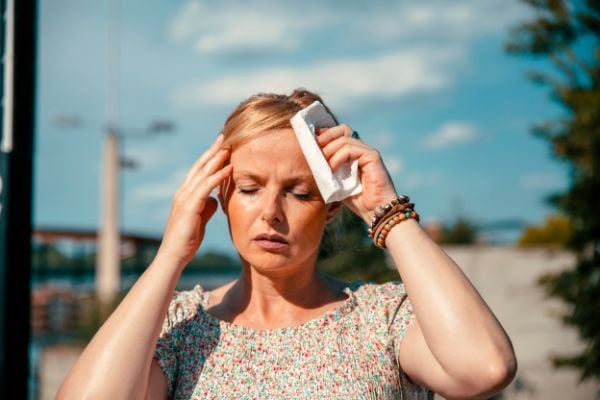
Sunstroke is a frequent phenomenon, especially during the summer months, but sometimes we are slow to realize it. Which symptoms ring the bell and what should we do to prevent it?
Table of Contents
What is a sunstroke?
Sunstroke is the most common type of heat stroke. It is caused by prolonged exposure to the sun, which can lead to an inability to regulate body temperature and overheating of the body.[1]
In particular, it is observed when the head and the neck are exposed for many hours to the ultraviolet rays of the sun during the hot summer hours.
Symptoms
The symptoms of sunstroke are characteristic and vary according to the degree of severity [].
Mild sunstroke
- Feeling dizzy
- Symptoms of fatigue
- Redness of the skin
- Sweating problems
- Ringing in the ears
Moderate sunstroke
- Low fever and headache
- Motion sickness
- Vomiting
- Fast breathing
- Fainting tendency
- Muscle weakness or cramps
- Decreased sweating
- Burns or blisters on the skin
Severe sunstroke
- Delirium and confusion
- Convulsions
- Hallucinations
- Dark urine (indication of dehydration)
- Pale skin
- High fever
Risk factors
Sunstroke can be caused by several factors, such as [2]:
- Exposure to a hot environment.
- Intense activity at high temperature.
- Warm clothes that prevent sweat from evaporating and cool the body.
- Heavy alcohol consumption can affect your body’s ability to regulate your temperature.
- Dehydration, due to increased sweating.
How long does it last?
Depending on the severity of the sunstroke, symptoms may last up to 2 days. However, the body is likely to recover from sunstroke from 2 months to 1 year [1].
If the symptoms of sunstroke do not improve within an hour, it is a good idea to seek medical help.
Treatment
In case there is a suspicion or symptoms start appera that refers you to sunstroke, then [2,3]:
- Move away from direct sunlight to a shaded area.
- Lie down and slightly raise your legs higher.
- Cool down the body quickly, using any means at your disposal. For example, you can make compresses with a cool towel or spray yourself with water spray. Cold packs on the armpits, neck and body in general are also very beneficial. At the same time, monitor the body temperature and continue cooling efforts until the body temperature drops.
- Hydrate with plenty of water. Sports drinks or electrolytes are a good help.
- Get medical help as soon as possible.
Preventive measures
In any case, the best cure is prevention. Some important guidelines are [1,2,4]:
- Try not to be in the sun for long hours.
- Avoid the sun between 11.00 a.m. and 4.00 p.m.
- Use sunscreen with SPF30 or higher.
- Wear a hat and light, light-colored clothing.
- Hydrate yourself! Choose cool drinks (water, natural juices) and remember that caffeine and alcoholic beverages do not help, as they have a diuretic effect.
- You can take electrolytes, especially if you exercise, since intense sweating will cause you to excrete large amounts of them.
- Follow a hydrating diet, with plenty of fruits and vegetables, as they have a high water content.
- Exercising outdoors with high temperatures is best avoided.
- Watch the color of your urine. Darker urine is a sign of dehydration.
- Measure your weight before and after physical activity. Tracking water weight loss can help you determine how much fluid you should be drinking.
Who is most at risk?
Although everyone is at risk of sunstroke if they spend too much time in the sun, there are certain population groups that are more susceptible. These are:
- Elderly people
- Children and infants
- People with cardiovascular problems
- People with kidney failure
- People with diabetes mellitus
- Those facing special pathological conditions
- Outdoor workers
In fact, a recent meta-analysis of 18 studies, published in 2023, showed that outdoor workers in Italy were more at risk of injury when exposed to high temperatures. Factors that appeared to increase the risk of sunstroke, in addition to high temperature, were humidity, lack of shade, demanding physical work, insufficient hydration, and the use of protective equipment that prevents the body from cooling.[5]
Sunstroke in children
Exposure of children to the sun for a long time may cause sunburn. This happens because at young ages the bones and skin on the head are thinner, so if they are not adequately protected, hyperthermia can occur. In addition, they have a lower ratio of body mass to body surface area, and at the same time expel fluids from the body more quickly. [6]
Conclusion
As the days with high temperatures increase each year, so does the risk of sunburn for young and old. Follow the prevention measures we mentioned and be sure to be vigilant to spot any symptoms early.
Sources
- Reviewed by Howard E. LeWine, MD.(2023).Heat Stroke (Hyperthermia) https://www.health.harvard.edu/a_to_z/heat-stroke-hyperthermia-a-to-z
- Rick Ansorge. (2021). Heat Stroke: Symptoms and Treatment https://www.webmd.com/a-to-z-guides/heat-stroke-symptoms-and-treatment
- NHS (2022) Heat exhaustion and heatstroke https://www.nhs.uk/conditions/heat-exhaustion-heatstroke/
- Tim Newman.(2017). Everything you need to know about heatstroke https://www.medicalnewstoday.com/articles/266551
- Claudia Gariazzo et al. (2023). Association between extreme temperature exposure and occupational injuries among construction workers in Italy: An analysis of risk factors https://www.sciencedirect.com/science/article/pii/S0160412022006043
- EPA. (2023). Protecting Children’s Health During and After Natural Disasters: Extreme Heat https://www.epa.gov/children/protecting-childrens-health-during-and-after-natural-disasters-extreme-heat
Disclaimer
The content of this blogspot is not and can not be considered as medical advice, diagnosis or treatment. All information is provided to readers solely for informational purposes. There is no intention to substitute this content for personalized medical advice, diagnosis, prognosis or treatment.

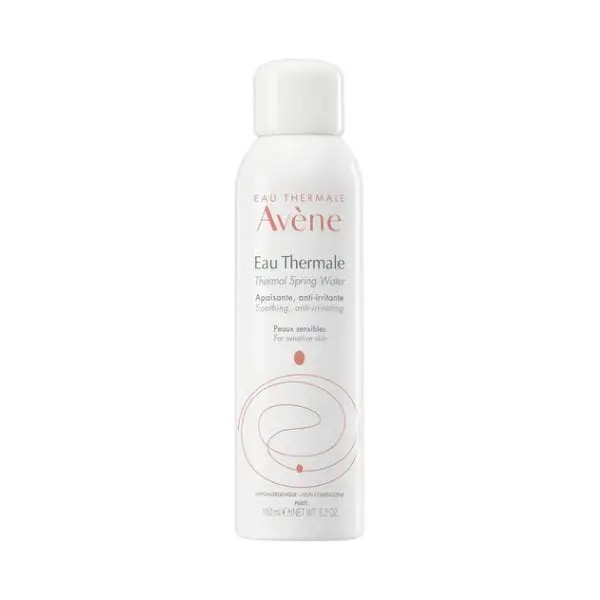
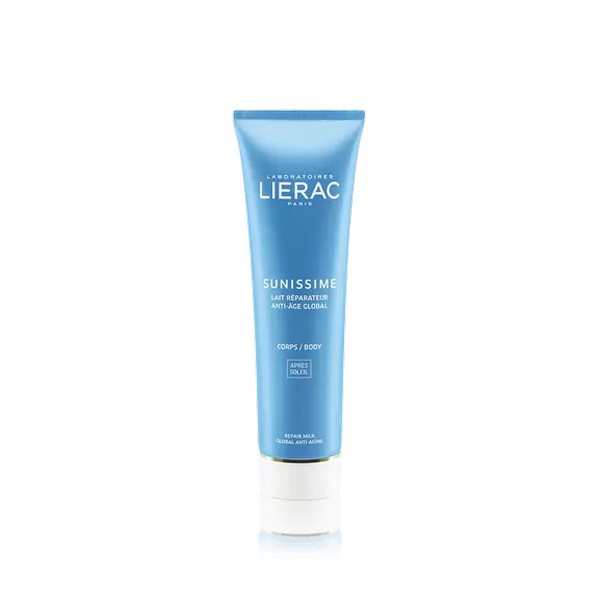
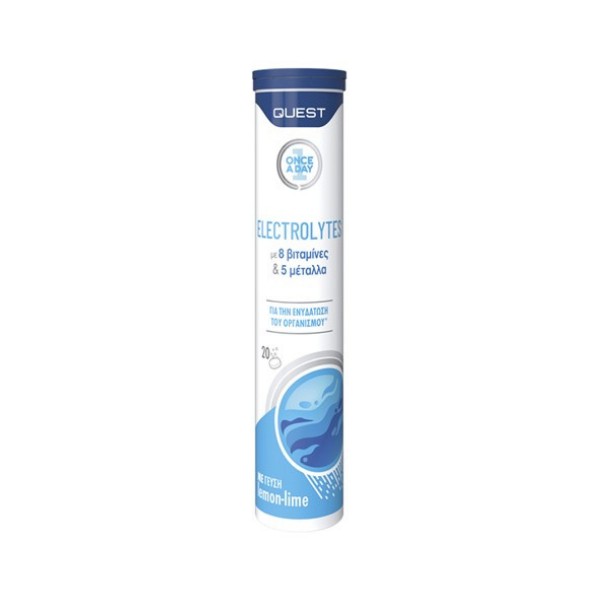
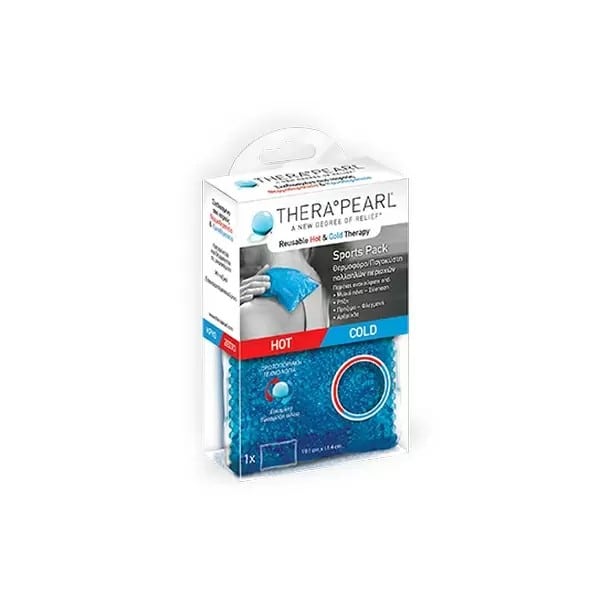

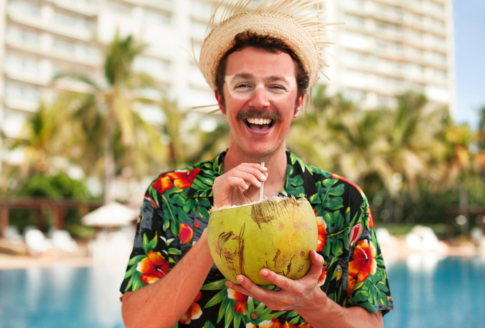
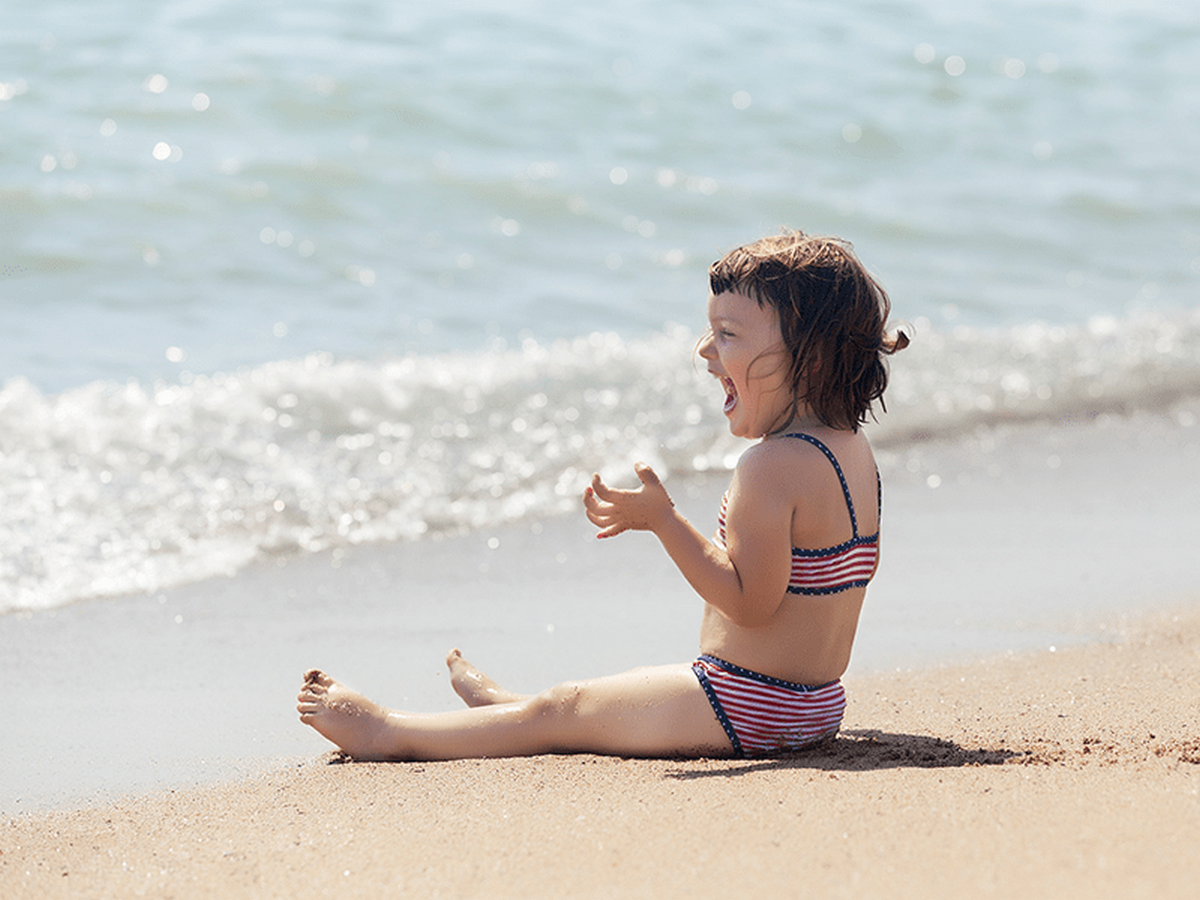

Leave a comment